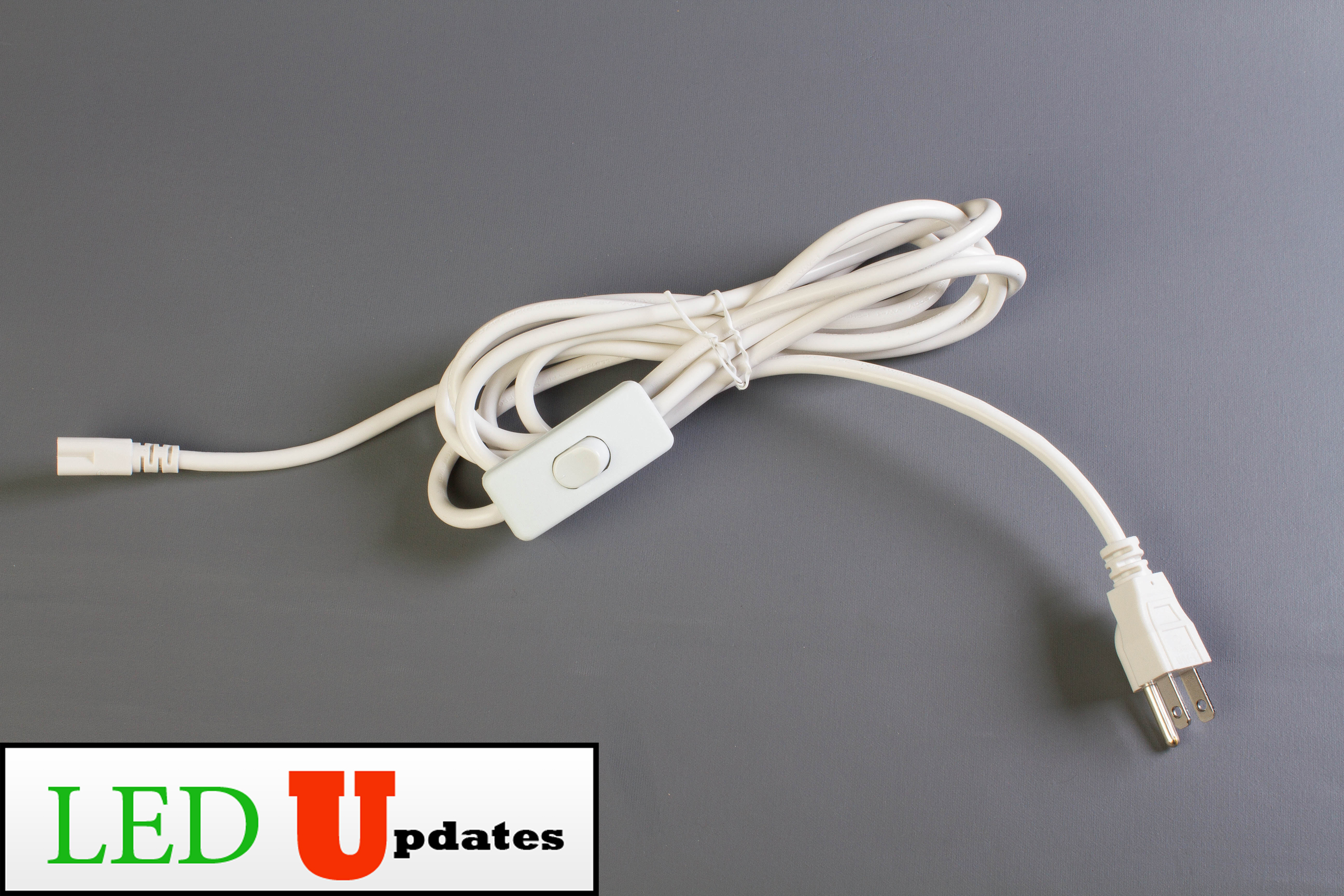

In the traveler system, also called the "common" system, the power line (hot, shown in red) is fed into the common terminal of one of the switches the switches are then connected to each other by a pair of wires called "travelers" (or "strappers" in the UK), and the lamp is connected to the common line of the second switch, as shown. There are several arrangements of wiring to achieve this. Switching a load on or off from two locations (for instance, turning a light on or off from either end of a flight of stairs) requires two SPDT switches. Toggling any switch changes the state of the load from off to on, or from on to off. An intermediate switch can, however, be implemented by adding appropriate external wiring to an ordinary (six terminal) DPDT switch, or by using a separate DPDT relay.īy connecting one or more 4-way (intermediate) switches in-line, with 3-way switches at either end, the load can be controlled from three or more locations. This switch has two pairs of "traveler" terminals that it connects either straight through, or crossed over (transposed, or swapped).

Ī "4-way" (intermediate) switch is a purpose built double pole, double throw (DPDT) switch, internally wired in manufacture to reverse the connections between the input and output and having only four external terminals. The switches may be arranged so that they are in the same orientation for off, and contrasting orientations for on. By correctly connecting two of these switches together, toggling either switch changes the state of the load from off to on, or vice versa. Toggling the switch disconnects one "traveler" terminal and connects the other.Įlectrically, a typical "3-way" switch is a single pole, double throw (SPDT) switch. These switches appear externally similar to single pole, single throw (SPST) switches, but have extra connections which allow a circuit to be controlled from multiple locations. Three-way and four-way switches make it possible to control a light from multiple locations, such as the top and bottom of a stairway, either end of a long hallway, or multiple doorways into a large room. The electrical load may be permanently hard-wired, or plugged into a switched receptacle. The controlled load is often a lamp, but multiway switching is used to control other electrical loads, such as an electrical outlet, fans, pumps, heaters or other appliances. Readers in most other countries should read "two-way" or "SPDT" for the United States "three-way" and "intermediate", "crossover" or "DPDT" switch for the United States "four-way". This article follows usage in the United States.


 0 kommentar(er)
0 kommentar(er)
